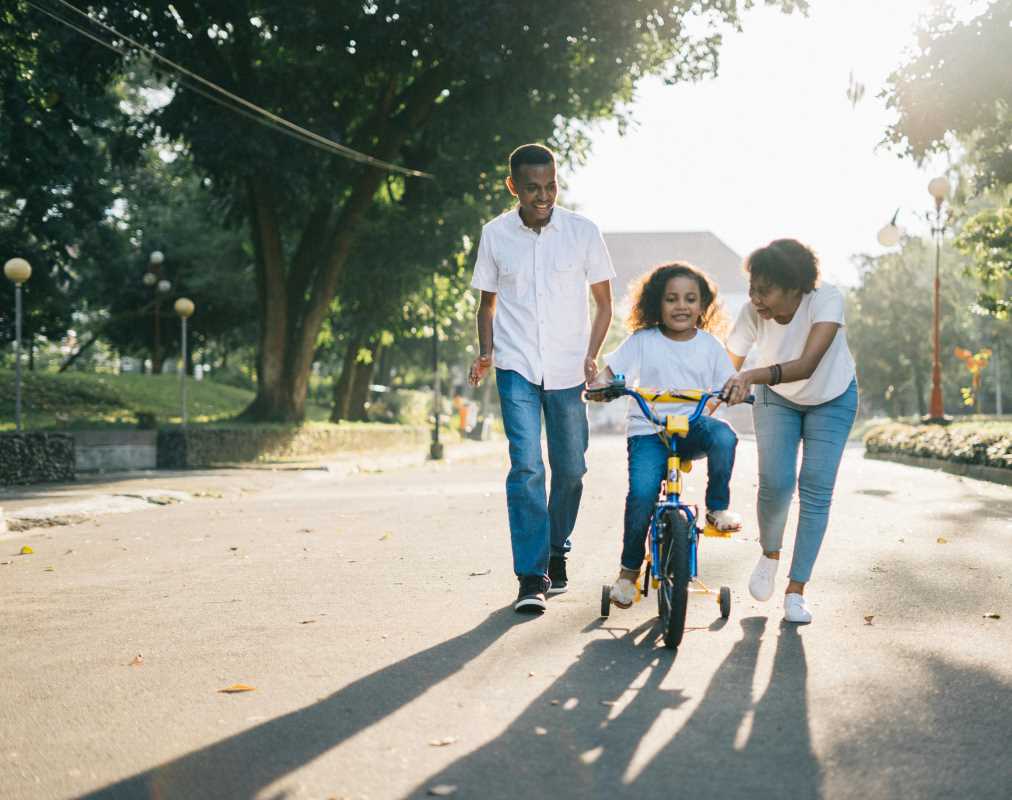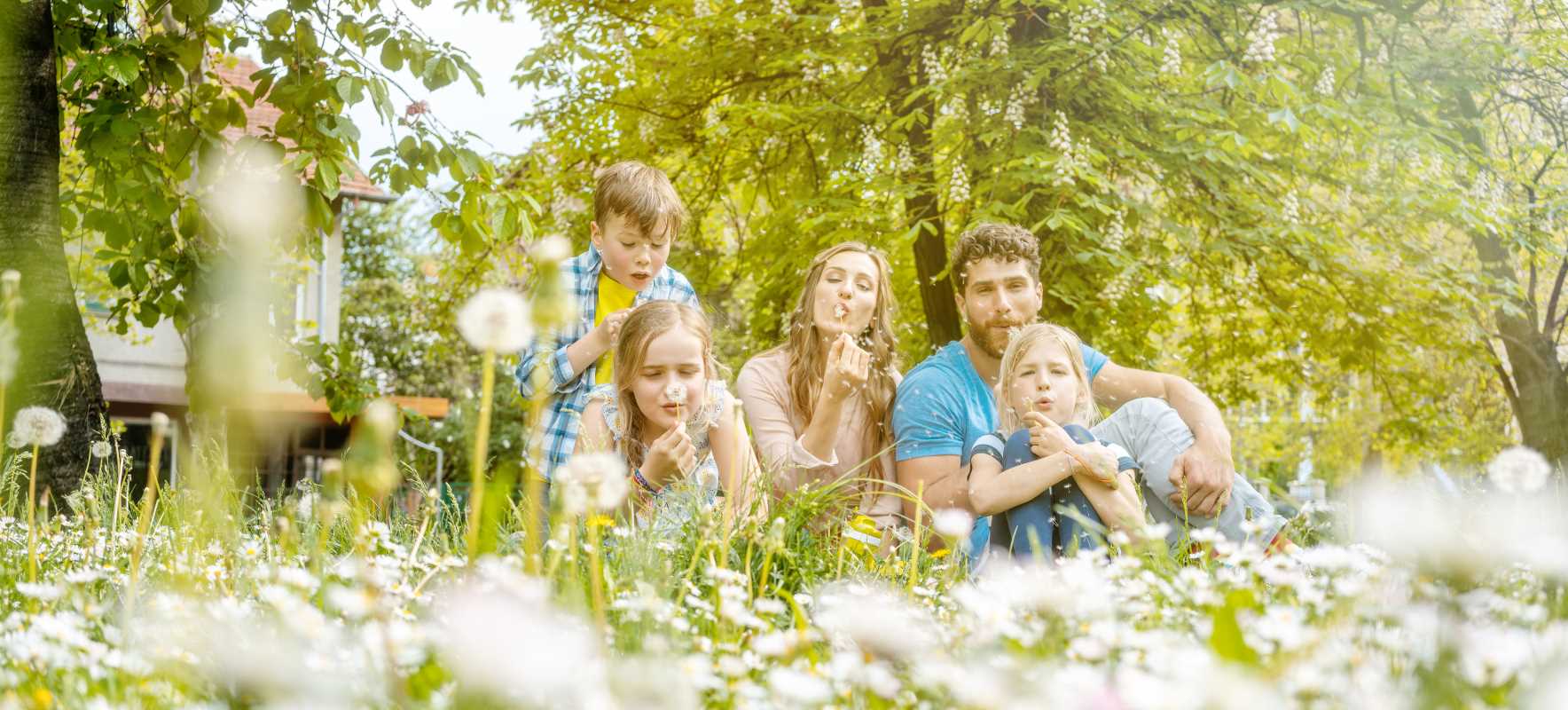Building a family tree with your kids is more than just a creative activity. It’s a vibrant adventure through history, memory, and even a touch of detective work. You get to share stories, uncover a few family secrets, and help your child discover where they fit in the big picture. Plus, it’s an engaging way to foster curiosity, boost communication skills, and maybe even create a new family tradition.
But what’s the best way to introduce this to your kids? And more importantly, how do you keep it fun (and not feel like a school assignment)? This guide has you covered, whether you want to keep it simple with paper and crayons or venture into digital tools.
Why Make a Family Tree with Kids
Before jumping into the how, it’s worth thinking about the why. Creating a family tree offers tons of benefits:
- Sparks curiosity about relatives, history, and culture
- Strengthens family bonds through shared stories
- Improves research skills (yes, even for kids)
- Celebrates diversity in family backgrounds
- Fosters pride in heritage and accomplishments
- Makes learning personal and memorable
Family trees can be as simple or detailed as you want. They’re not just about lineage, either. If your family is shaped by adoption, blends, or close friends who feel like family, this project is an awesome way to talk about what “family” really means.
Getting Started What You Need
Jumping in is easier than you think. Depending on your child’s age and interests, you can keep things low-key or add a little high-tech flair.
Supplies for a Traditional Family Tree
- Large pieces of paper or poster board
- Colored markers, crayons, or colored pencils
- Stickers, washi tape, or stamps (because decorating is half the fun)
- Family photos or printouts
- Glue stick or tape
- Sticky notes
Supplies for a Digital Family Tree
- A computer or tablet
- Free family tree templates (many available online)
- Digital family tree apps or websites like Canva, FamilyEcho, or Kid family tree tools
- Scanner or camera for adding pictures
Step One Talk About Family
Chances are, your child already knows their immediate family. But have you talked about your grandparents, cousins, or that “Aunt” Linda who’s actually a lifelong family friend?
Start with a fun conversation. Ask questions like:
- Who are your grandparents?
- Do you know anyone named after someone else in the family?
- Have you heard stories about where our family came from?
- What does the word “family” mean to you?
These chats are a doorway to memories and connections, and will help your child get invested in the project.
For younger children, it can help to draw your own quick family tree to explain the idea visually.
Step Two Gather Your Information
Next up, time to collect the details. This can be as simple as scribbling down names, or as in-depth as hunting through closets for old family albums.
Where to Dig for Info
- Ask relatives (in person, by text, or over video call)
- Check out photo albums, baby books, or family letters
- Look for family records (birthdays, anniversaries, etc.)
- Ask about special family traditions or favorite stories
Make sure your kid is involved every step of the way. If Grandma knows great stories, invite your child to interview her over the phone or in person. Kids get a thrill hearing wild tales about their family’s past.
Step Three Decide on the Tree’s Shape
There’s no single right way to build a family tree. You can try:
- Classic vertical tree: Start with your child at the bottom, then add parents, grandparents, and so on upward.
- Horizontal tree: Lay out relatives left to right.
- Circular tree: Place the child in the center, branching outward in a circle.
- Photo tree: Replace names with pictures for visual impact.
- Creative theme: Use animals, favorite colors, or family symbols for a unique look.
This is also a great spot for kids to make design choices. Should you use apple shapes for each family member? Draw stick figures or dinosaurs? There are no wrong answers.
Step Four Create Your Family Tree Together
It’s time to get artsy (or digital). Here’s how to keep it simple, fun, and mess-friendly.
For Paper Trees
- Draw the main trunk (your child’s name goes here).
- Branch out to parents, then grandparents, and so on. You can go up to any generation you like.
- Write each relative’s name inside a leaf, apple, circle, or box.
- Add photos or drawings where possible.
- Decorate with stickers, doodles, or family crests.
- Optional: Add interesting tidbits (where are they from? favorite food? funny habit?).
Encourage kids to take the lead on writing names or choosing colors. If they make a mistake, cover it with an extra sticker or sticky note. Perfect imperfection is part of the charm!
For Digital Trees
- Open a template or app.
- Add your child’s name as the starting point.
- Use “Add” functions to build branches for parents, grandparents, siblings, or anyone special.
- Upload digital photos for each person or pick fun avatars.
- Customize backgrounds, fonts, and colors.
- Save the tree and print it out or share it online.
Digital tools are awesome for families spread out geographically. You can send a copy to Grandma or share your screen during a call, so everyone feels included.
Making It Meaningful (And Extra Fun)
The beauty of this activity is that it’s as flexible as your family. Here’s how to make it feel extra special:
Include Stories and Traditions
Beyond just names and dates, sprinkle in favorite family stories. Maybe something like:
- “Uncle Sam once went bungee jumping at 70.”
- “Grandpa Jorge cooks amazing empanadas.”
Adding these little details transforms your tree from a family chart into a living, breathing scrapbook.
Celebrate Diversity
If your family spans different continents, cultures, or languages, showcase that proudly! Add mini flags, special phrases (“Nonna” for grandma or “Tío” for uncle), or traditional foods and customs. This is a great way to have conversations about heritage.
Create a Tradition
Family trees aren’t one-and-done projects. Put your creation on the fridge, frame it, or start a yearly tradition where you pull it out, update it, and reminisce about those who have come and gone.
Connect to Special Days
Work on the tree before holidays, family reunions, or birthdays! Kids will feel extra connected when they see their efforts come alive at celebrations.
Go Beyond the Immediate Family
Feel free to add pets (because they’re family, too!), chosen family members, or even close friends who play major roles in your child’s life. The word “family” is as big and flexible as you need it to be.
Tips for Success
1. Keep it age-appropriate.
Younger kids will thrive with pictures and simple branches. Tweens and teens may love digging for family stories or using digital tools.
2. Encourage questions.
Curiosity is key! If your child wants to know more about great-great Aunt Martha’s immigration story, help them write down questions for your next family call.
3. Celebrate the process.
There’s no need for perfection. The act of building, remembering, and connecting matters much more than achieving a Pinterest-worthy masterpiece.
4. Be inclusive and sensitive.
Every family has its own unique story. If yours includes adoption, step-parents, or tricky relationships, use this as a gentle opening for honest conversations and celebrating what makes your family unique.
5. Adapt as you go.
If your child comes up with a wild new idea (“Can we make our tree out of LEGOs?”), go with it! Creativity makes the experience even more memorable.
Fun Ways to Display Your Family Tree
- Hang it on the fridge or in a hallway.
- Create a “family tree wall” with photos and names.
- Turn your tree into a scrapbook page or digital slideshow.
- Share scans or photos with relatives or connect over family grouping video calls.
- Make a family history binder or zine.
Family Tree Activities to Try
Want to take the project further? Try these:
- Make a family tree book or storybook, with one page per family member.
- Host a family tree “show and tell” night.
- Pair family tree work with crafts, like handprints or painted rocks for each family branch.
- Send copies of your tree to family members near and far and collect their responses, corrections, or stories.
- Create a themed playlist with favorite songs from each generation.
Wrapping Up The Roots That Bind Us
Family trees are more than an art project. They’re a way to help your child understand where they come from, feel connected to something bigger, and see themselves as an important branch on a long, winding tree. With just a bit of curiosity, creativity, and conversation, you can turn a rainy afternoon or a quiet weekend into a profound family adventure.
There’s no “right” way to do this. Every tree is as unique as the family it represents. Keep it fun, keep it flexible, and celebrate every discovery along the way.
Happy growing, and enjoy the stories you’ll find among your roots!
 (Image via
(Image via





